A contemporary Afrobeat album from Berlin’s RAH & The Ruffcats is here! It’s an LP steeped in Afrobeat and highlife, but with funk sensibilities and a hip hop attitude, titled “Orile to Berlin”.
As one of the most sought after and technically sublime working bands in the German live music scene, Berlin based Ruffcats are something of an institution. This eight-piece outfit made up of some of the country’s most revered session musicians, pool all of their diverse influences and come together as Ruffcats to create a unique take on the music they love.
Since forming in 2007, and via their live jams at Bohannon Soul Club in Berlin, Ruffcats have found themselves acting as the backing band for artists such as Georgia Anne Muldrow, Sweet Charles, Lady Alma, Jaguar Wright, Miles Bonny & many more. In and out of the studio, they have also worked continuously with German soul singer Flomega, and in 2013 the Ruffcats were the touring band for the first Voice of Germany winner Ivy Quainoo.
In the meantime, and for over a decade, Rapturous Apollo Helios, better known as RAH, has been making a name for himself as one of Berlins’ most outstanding rappers, songwriters and vocalists. Originally hailing from Lagos, Nigeria, RAH’s music has always been influenced by his environment as well as a rich history of black music from hip hop to soul and, of course, Afrobeat.
Since relocating to Berlin, RAH has made waves in the German capital with his weekly Swag Jam sessions. At these live events he has not only been able to show off his prowess as an exceptional MC and something of an improvisational genius, but also attract such luminaries as Erykah Badu and Bilal to join him on stage.
Having crowned his journey from Lagos to Berlin with the release of his debut album, How Far? in 2018, RAH began the next stage of his sonic adventure by hooking up with long-time friends, the Ruffcats band. Their first single together, the Curtis Mayfield influenced Shifting Sands, dropped the same year to huge acclaim, and it wasn’t long before both parties looked towards working on a larger project together. After a pause for the pandemic, their collaborative process really began to bear fruit, and following the release of the warmly received singles Agidi, MoonSun and Sorry, they now present their debut full length LP.
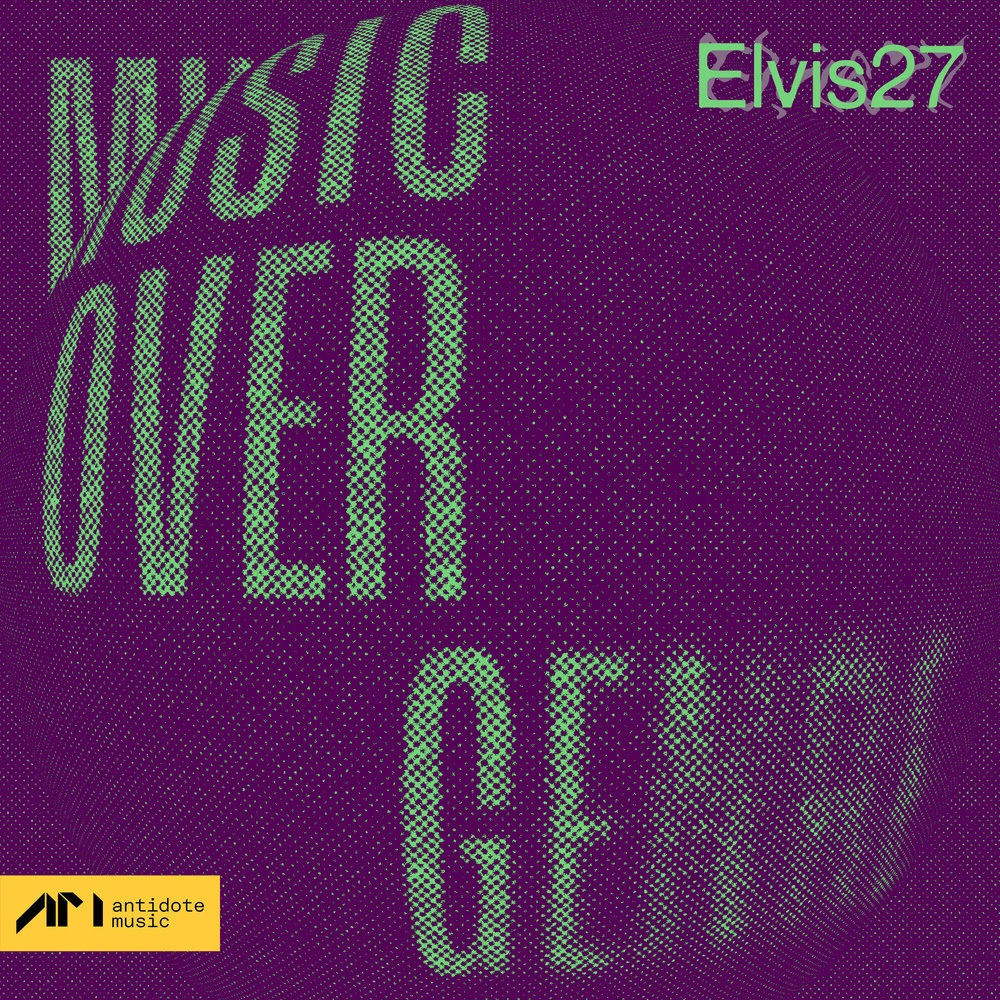


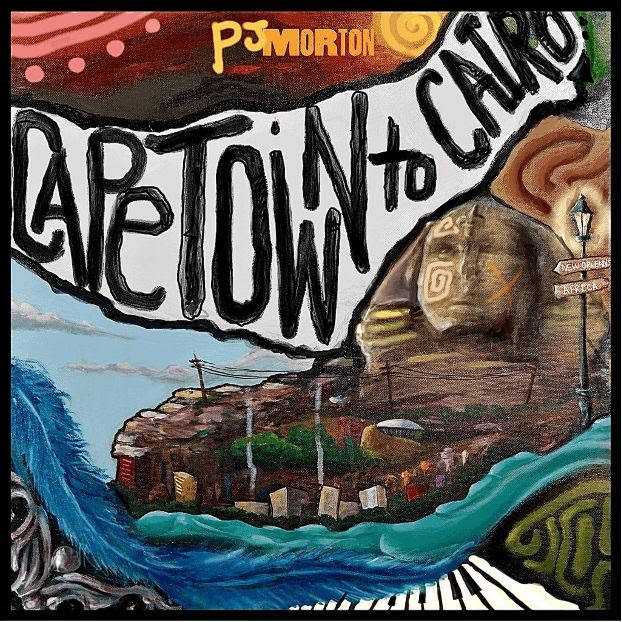
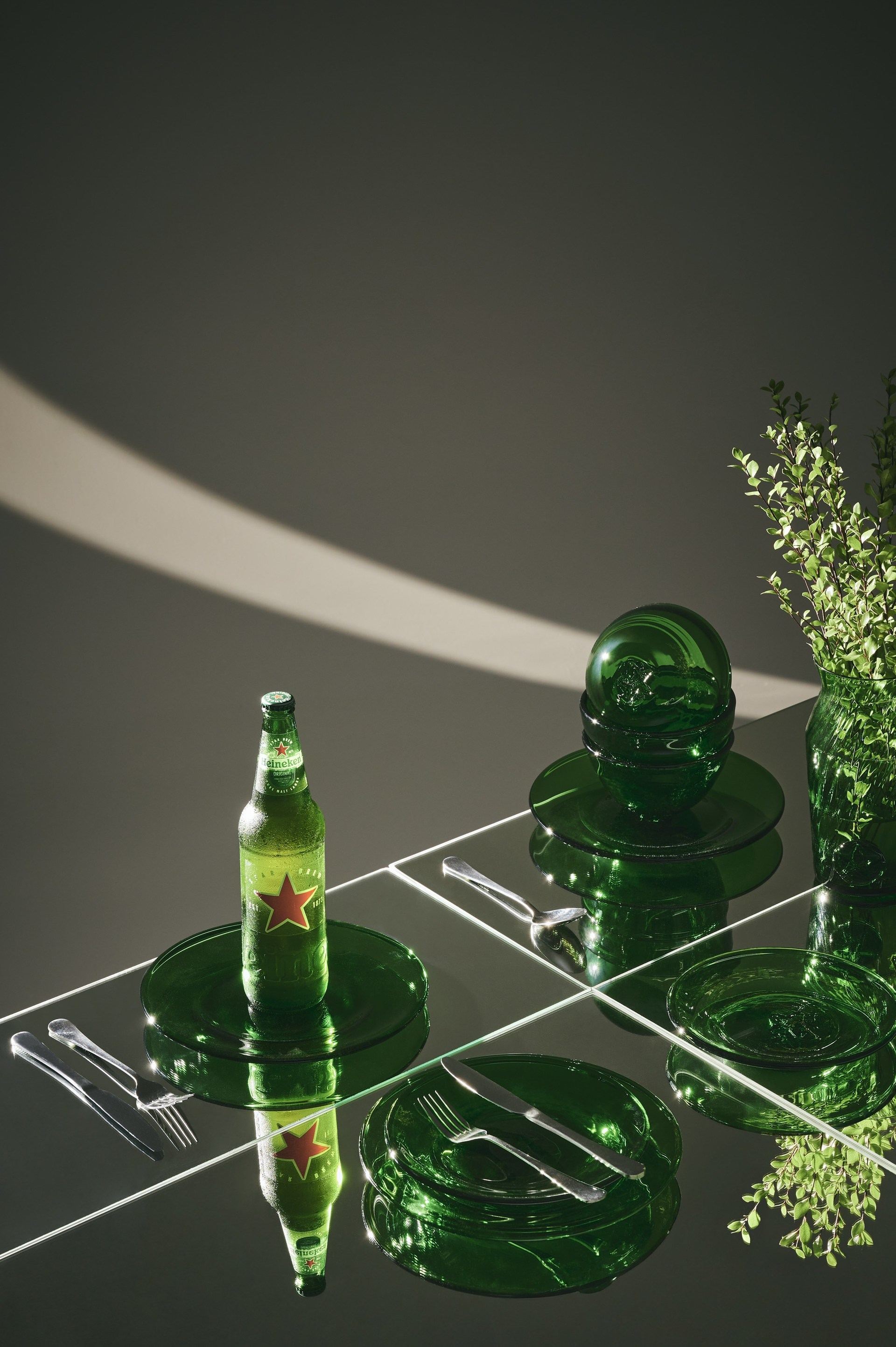
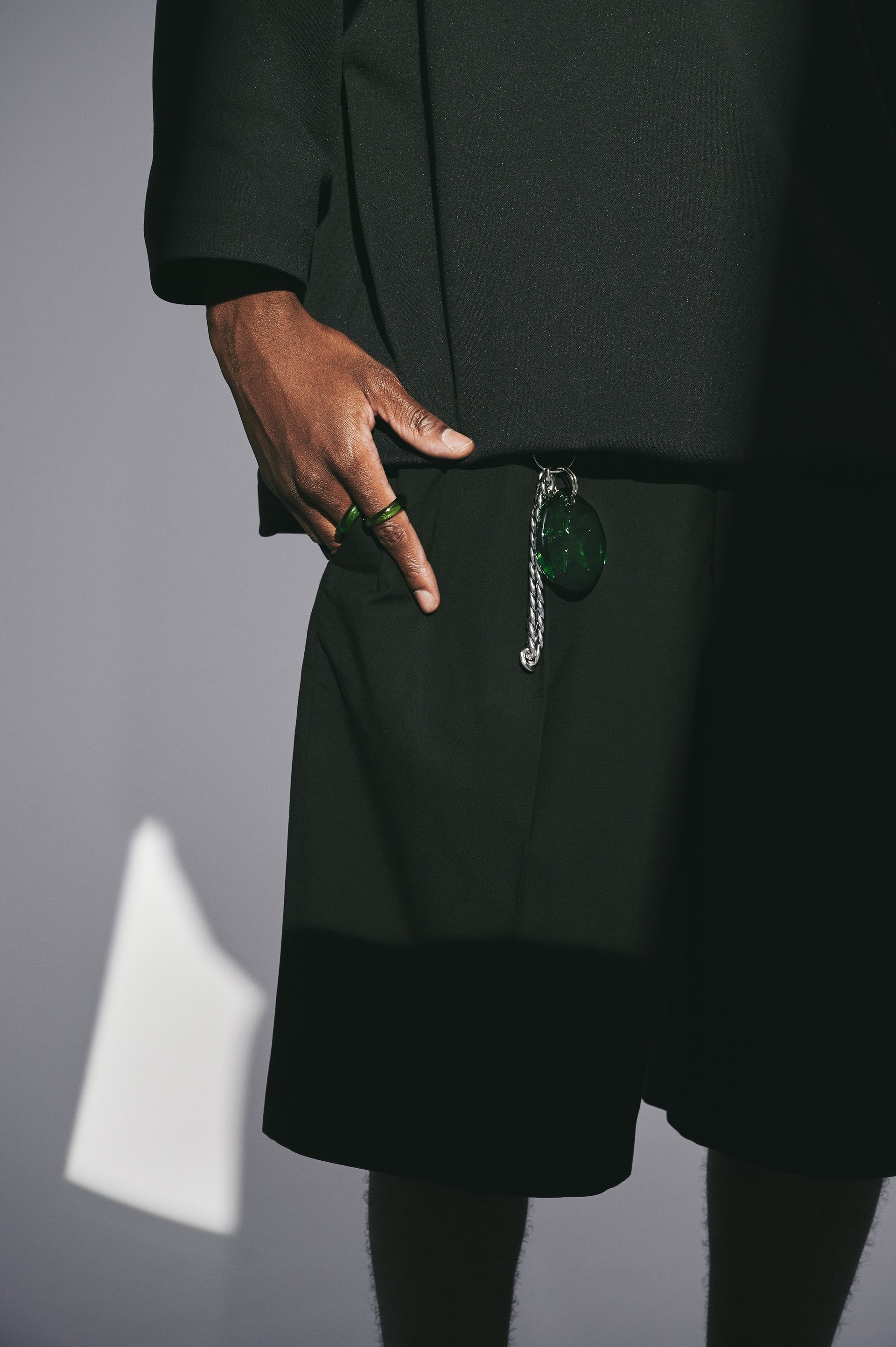
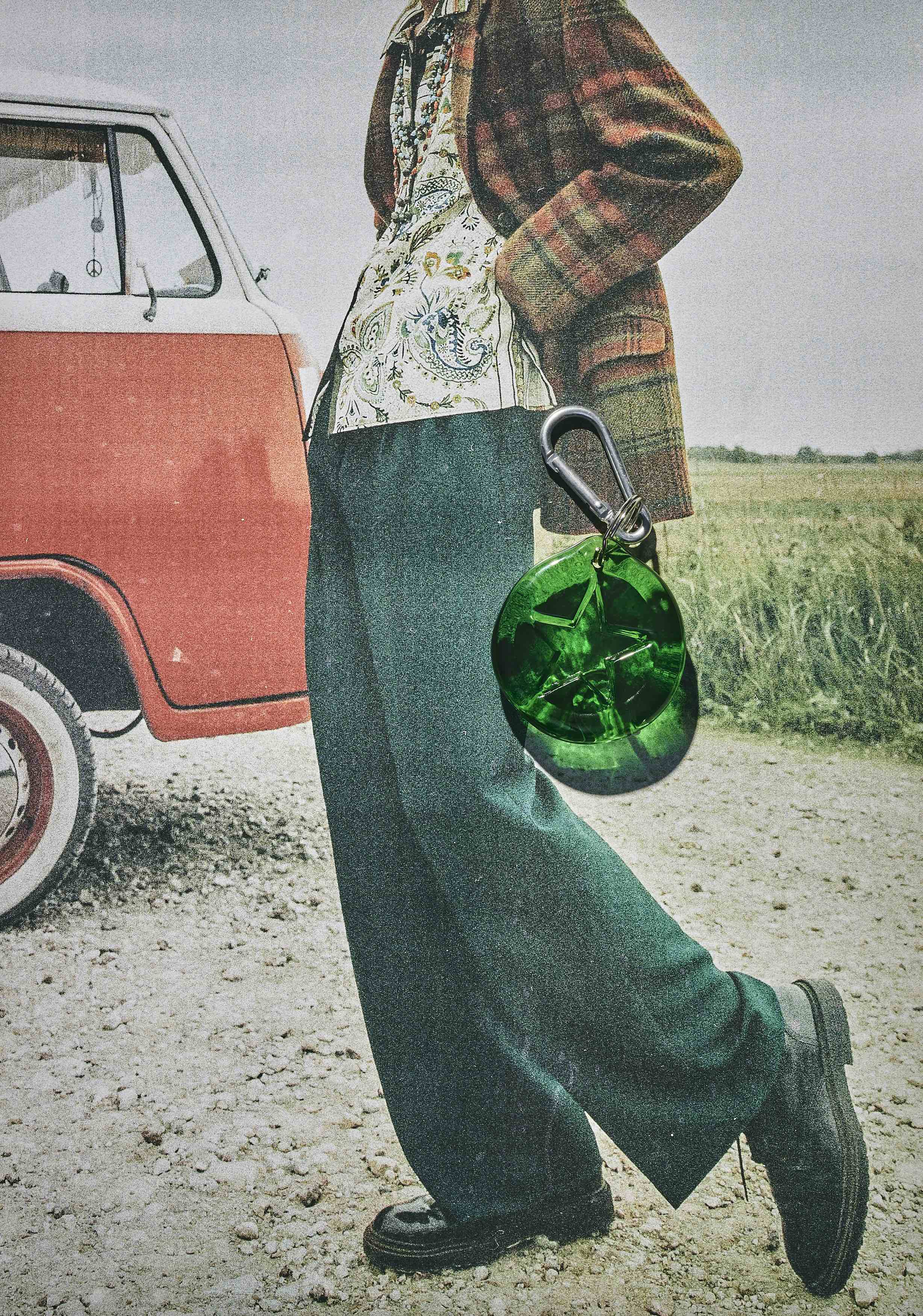
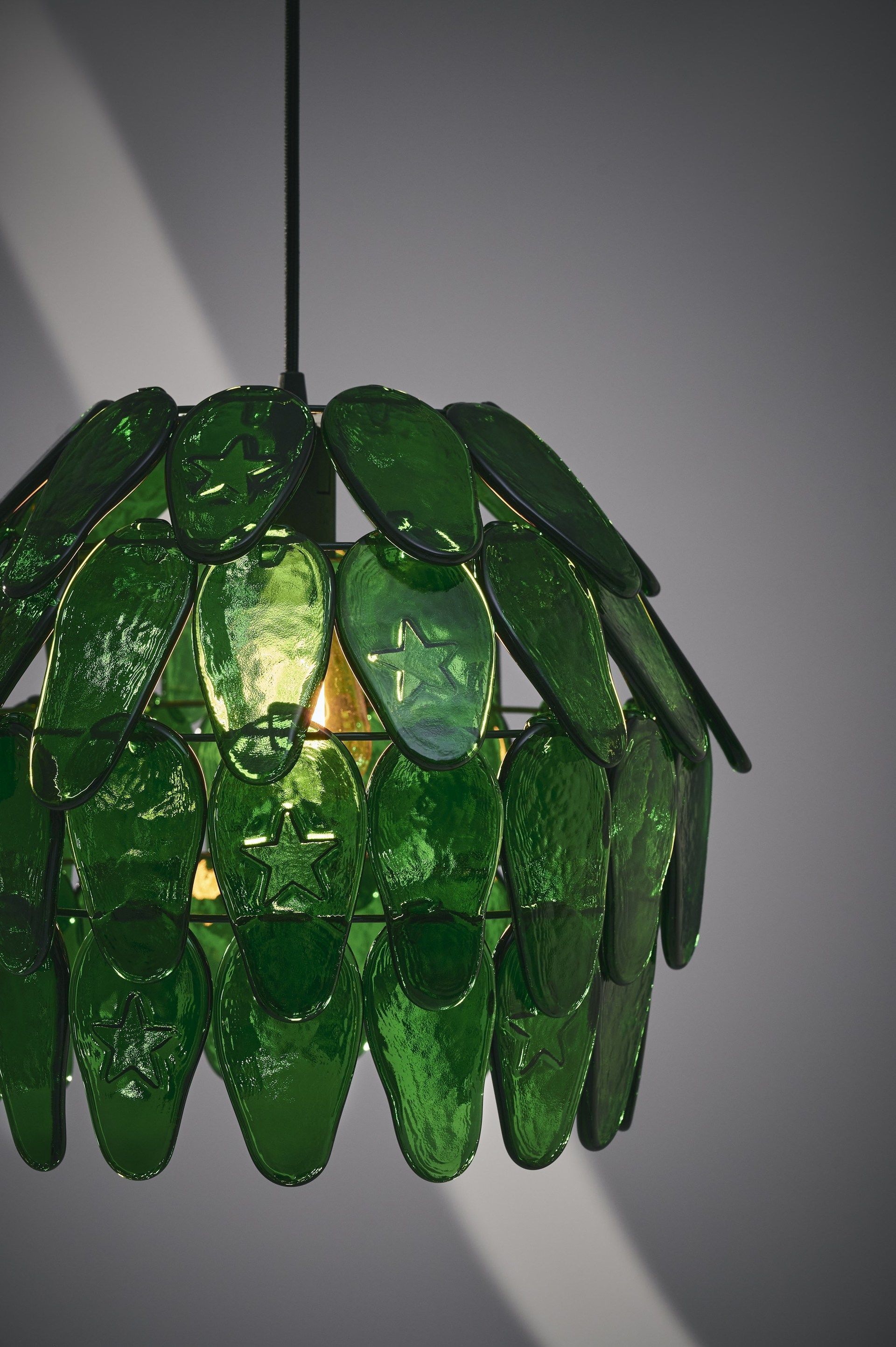
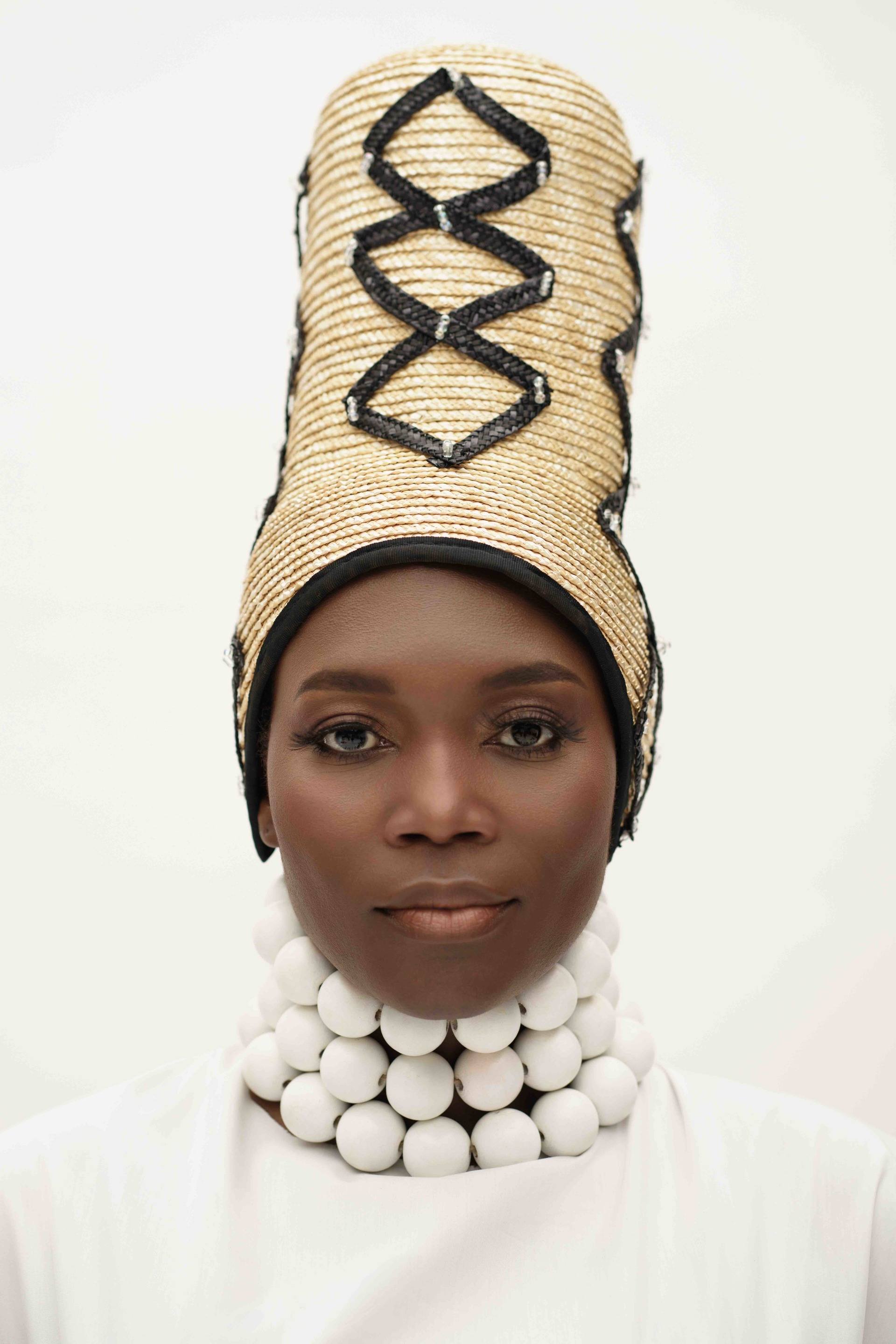
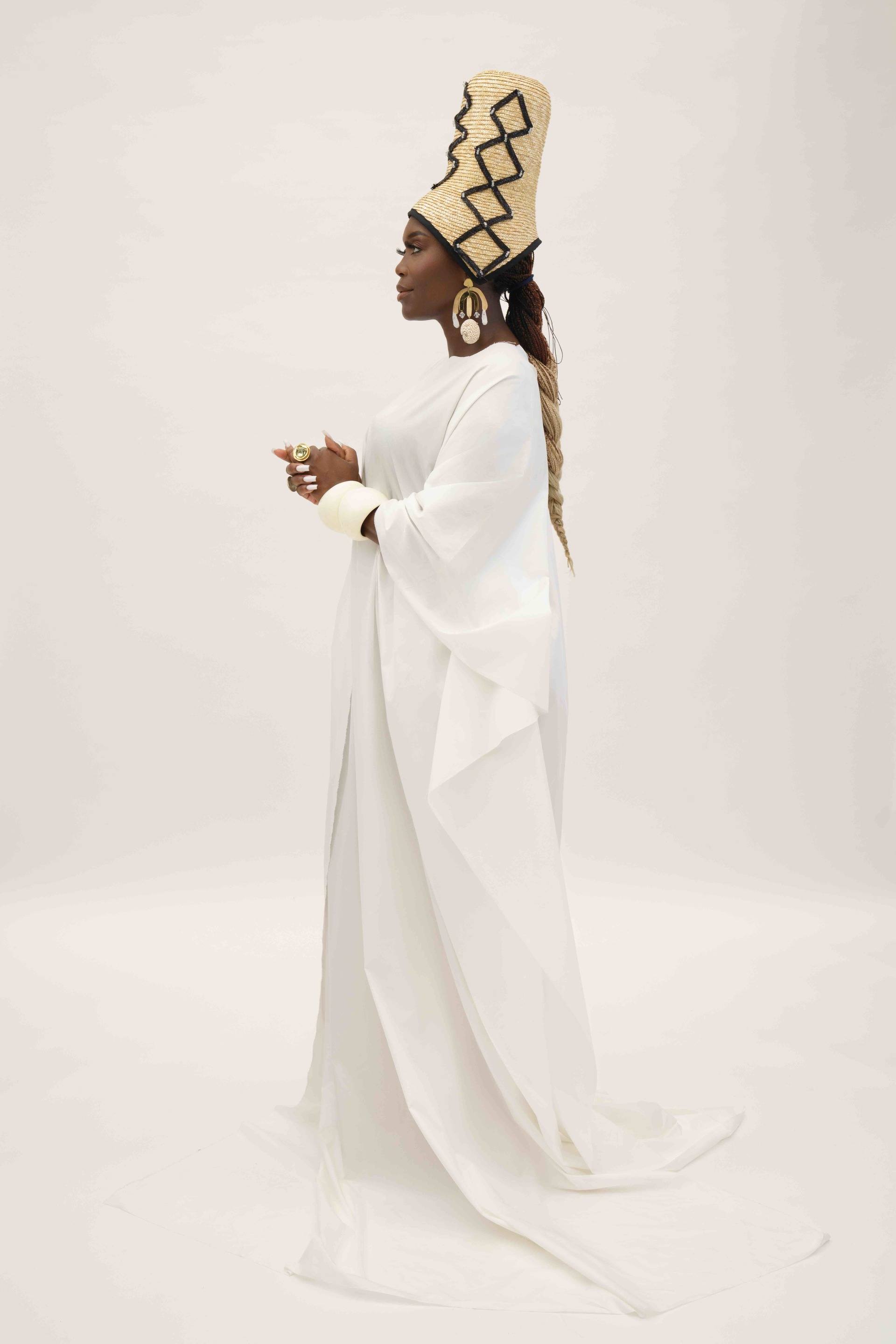

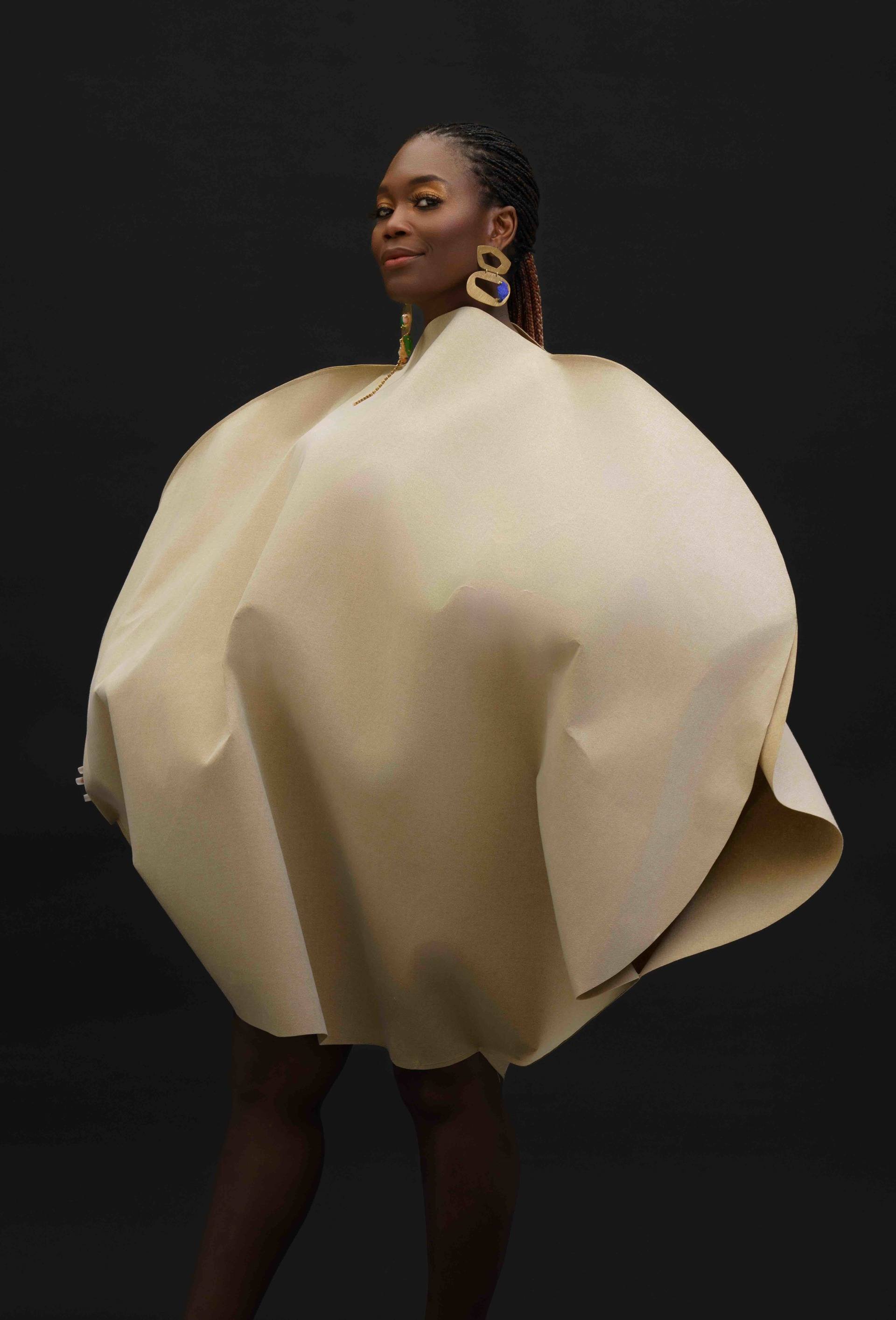
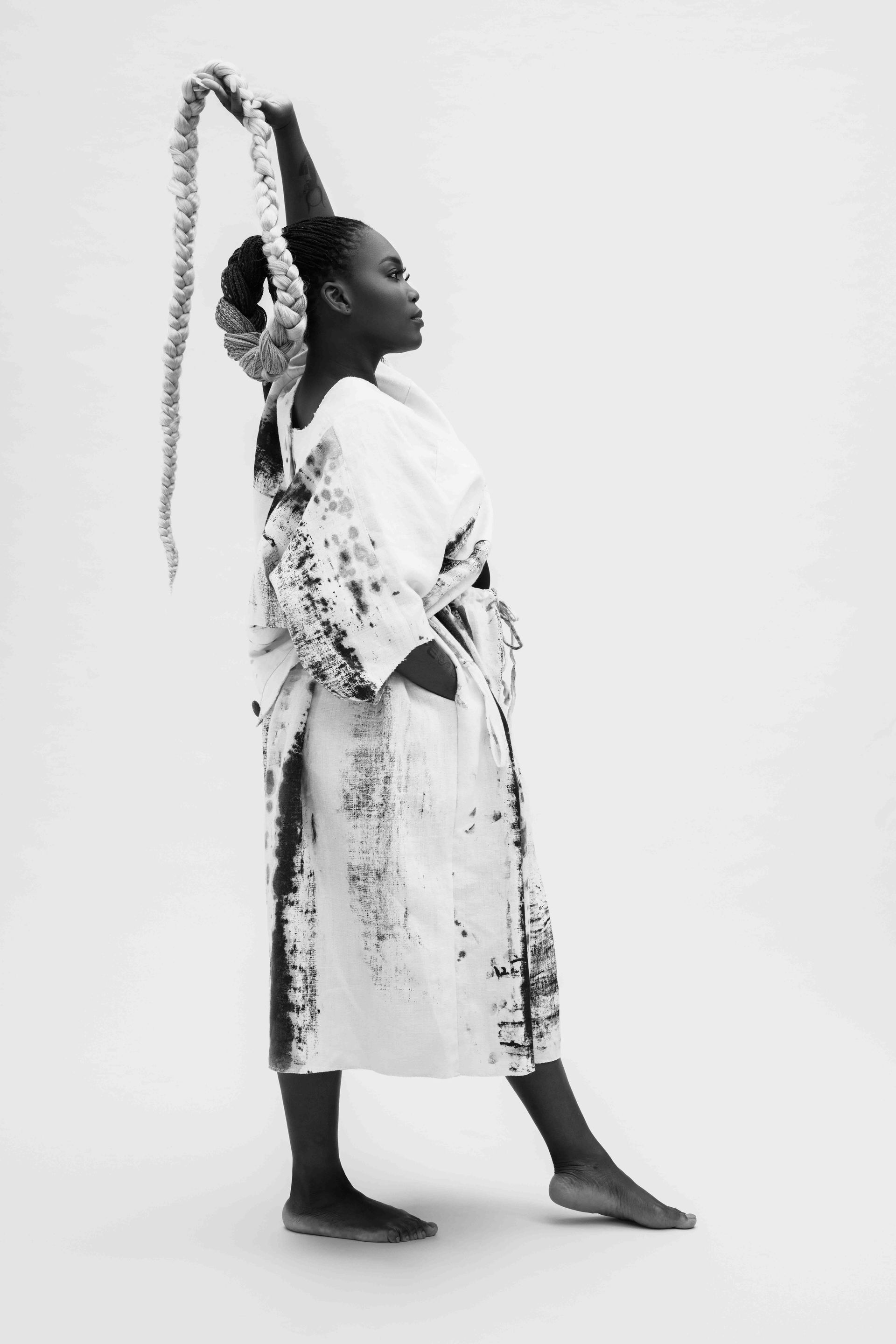
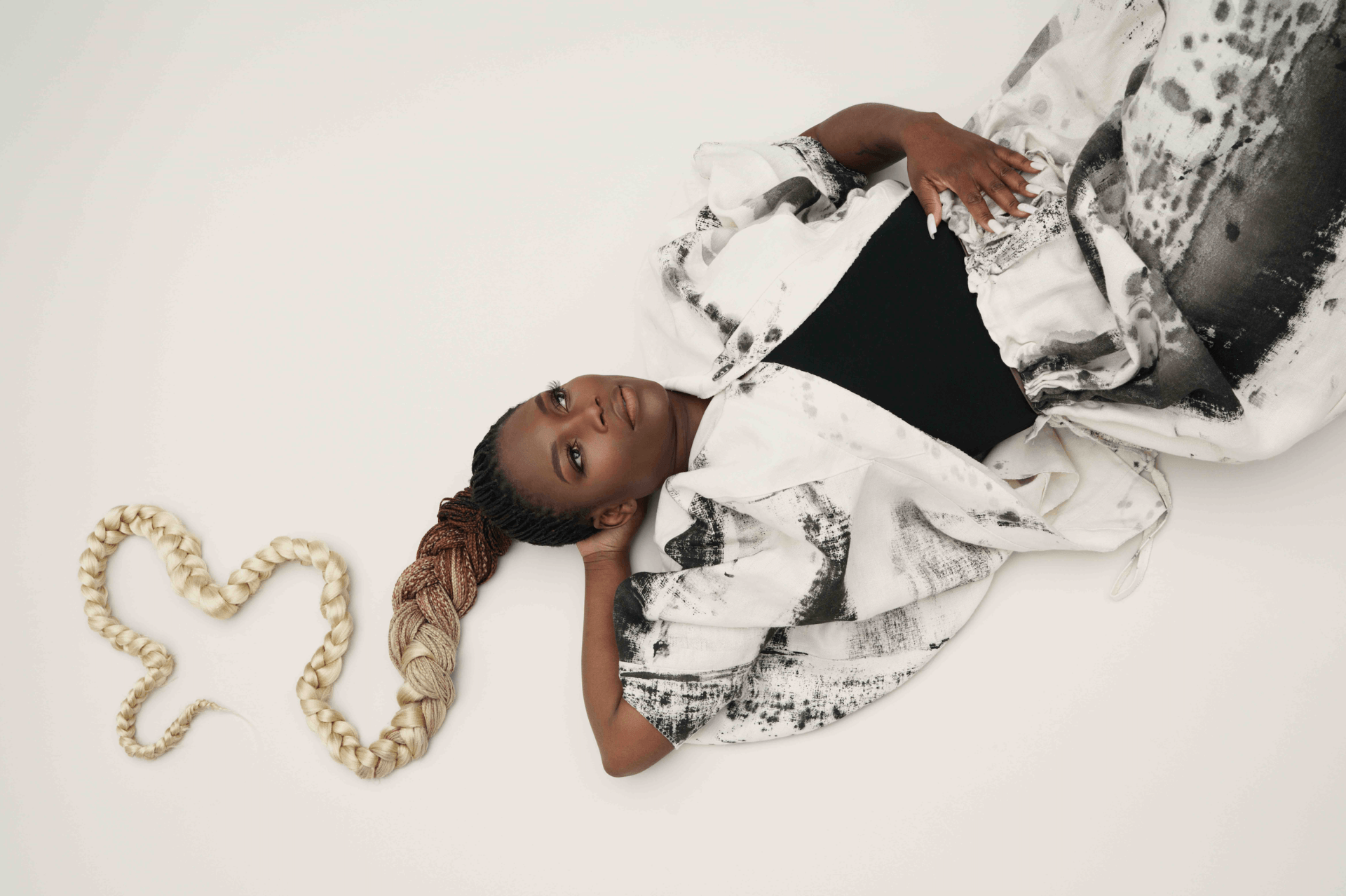
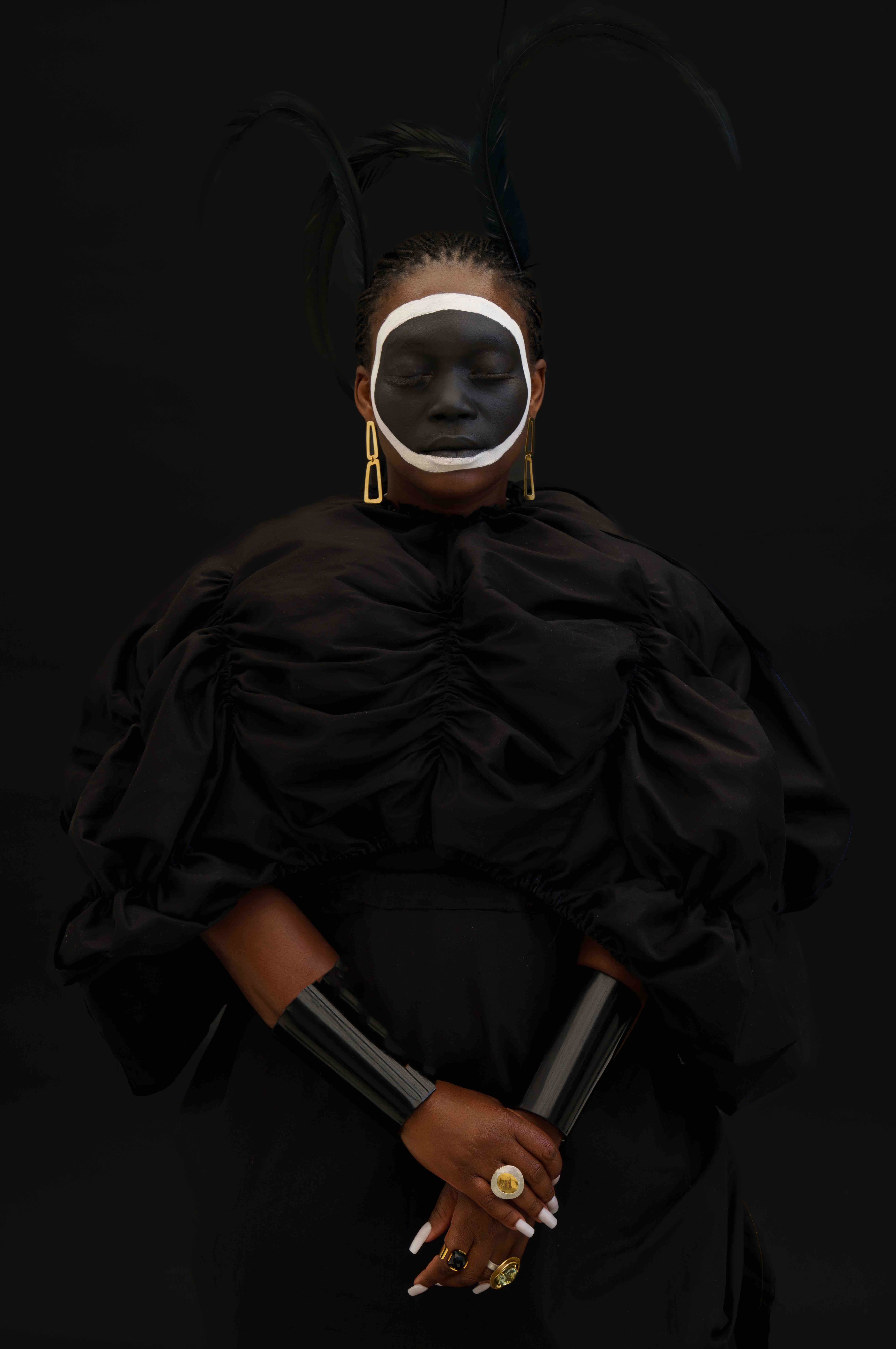
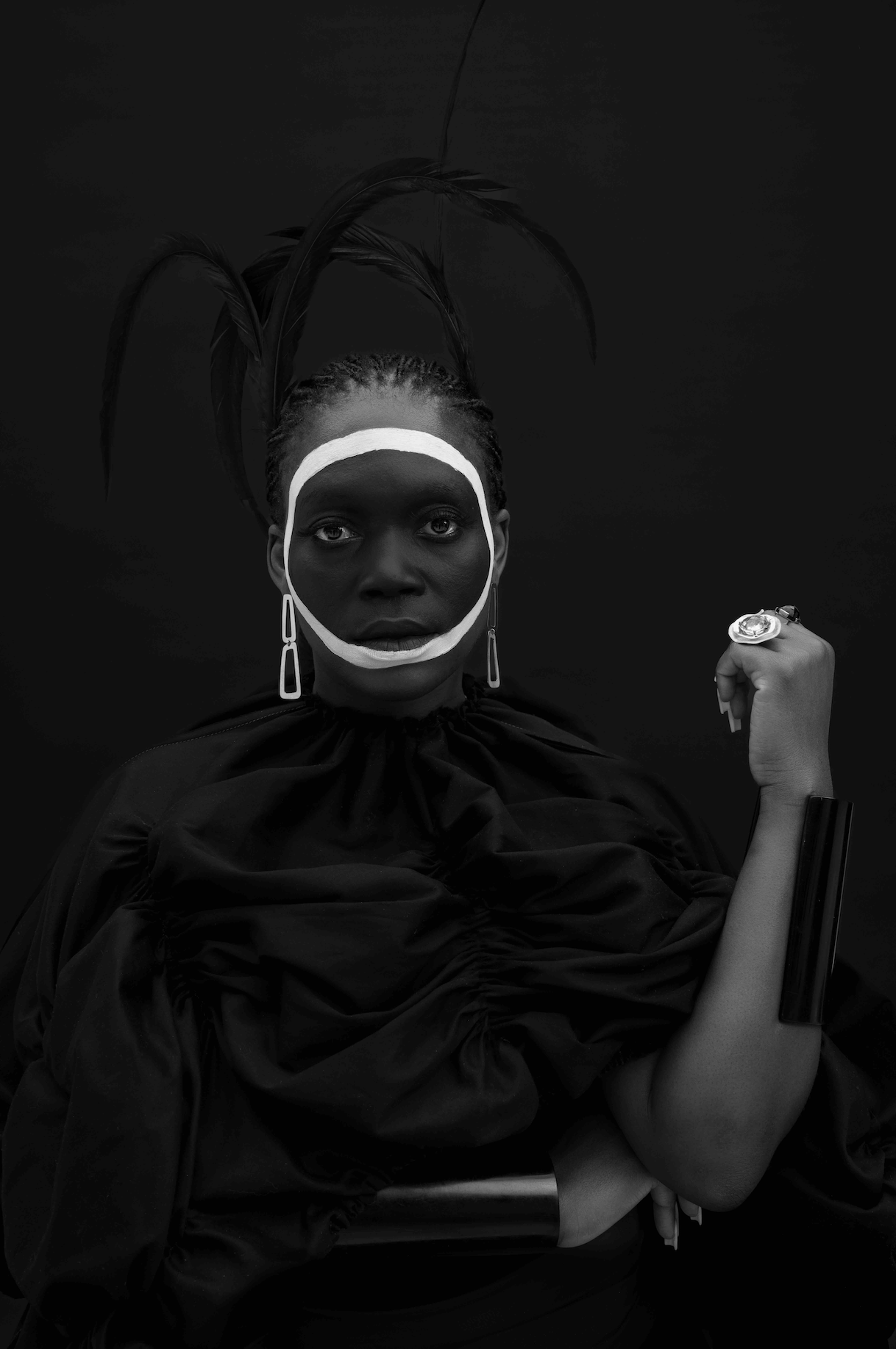
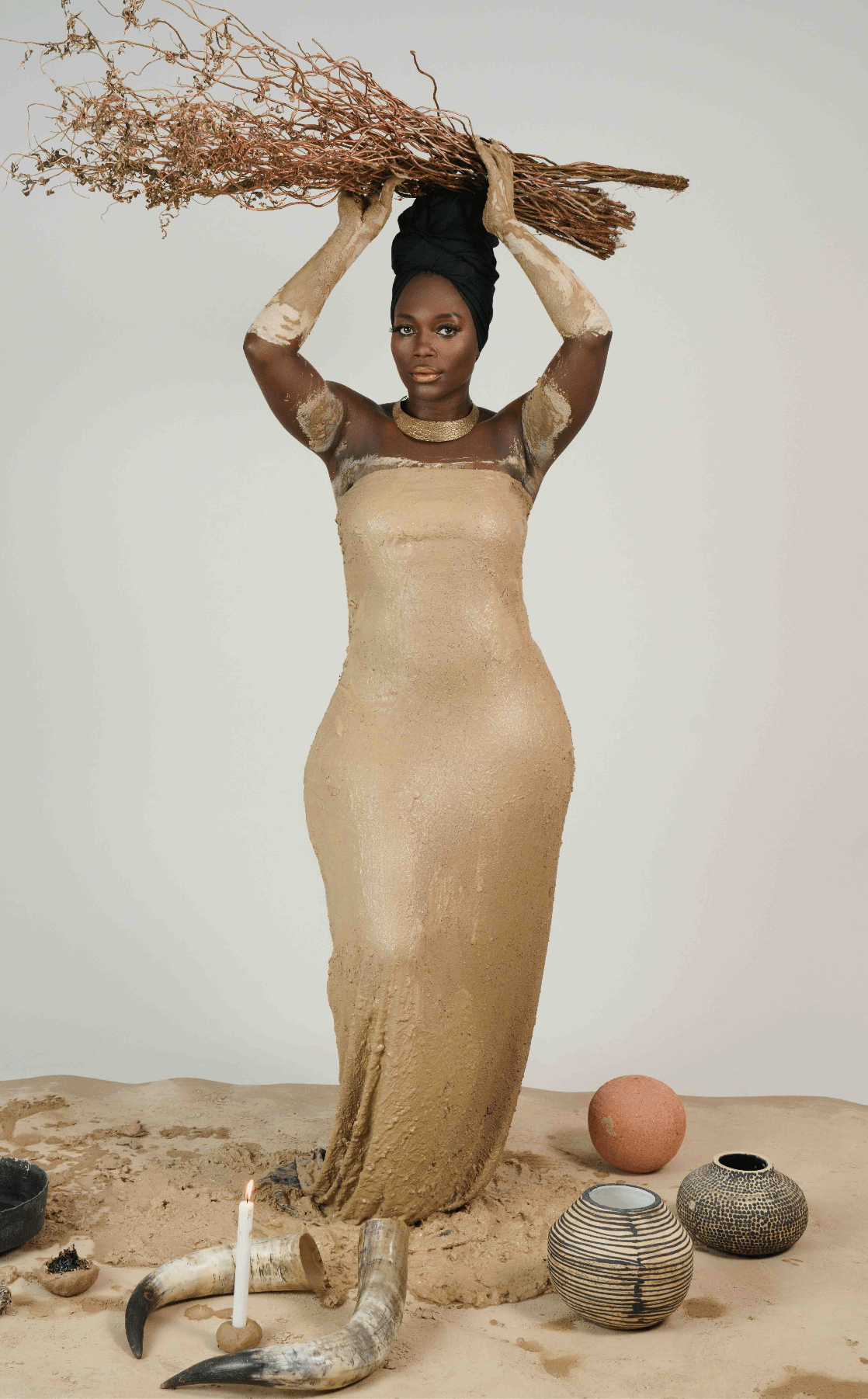

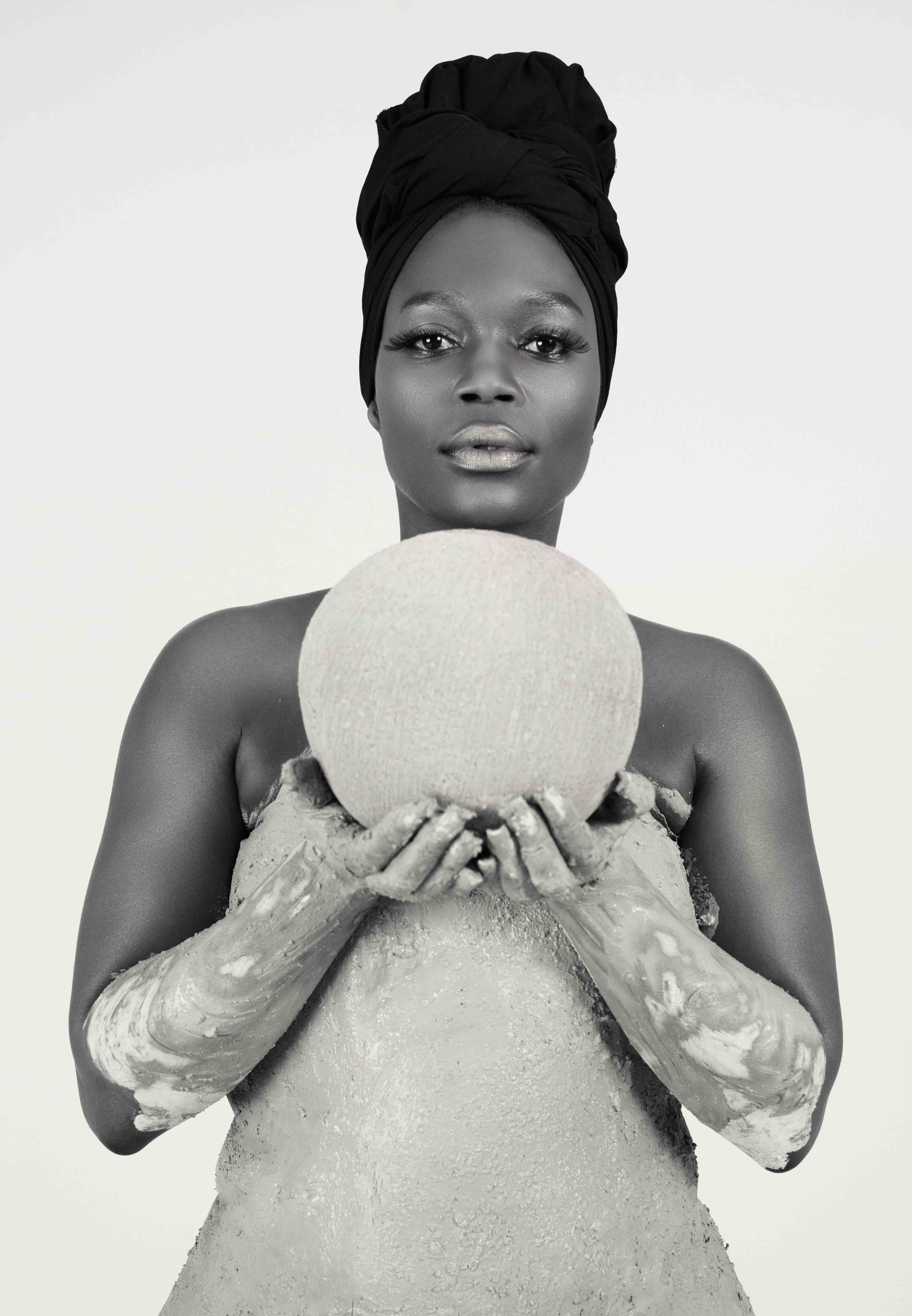
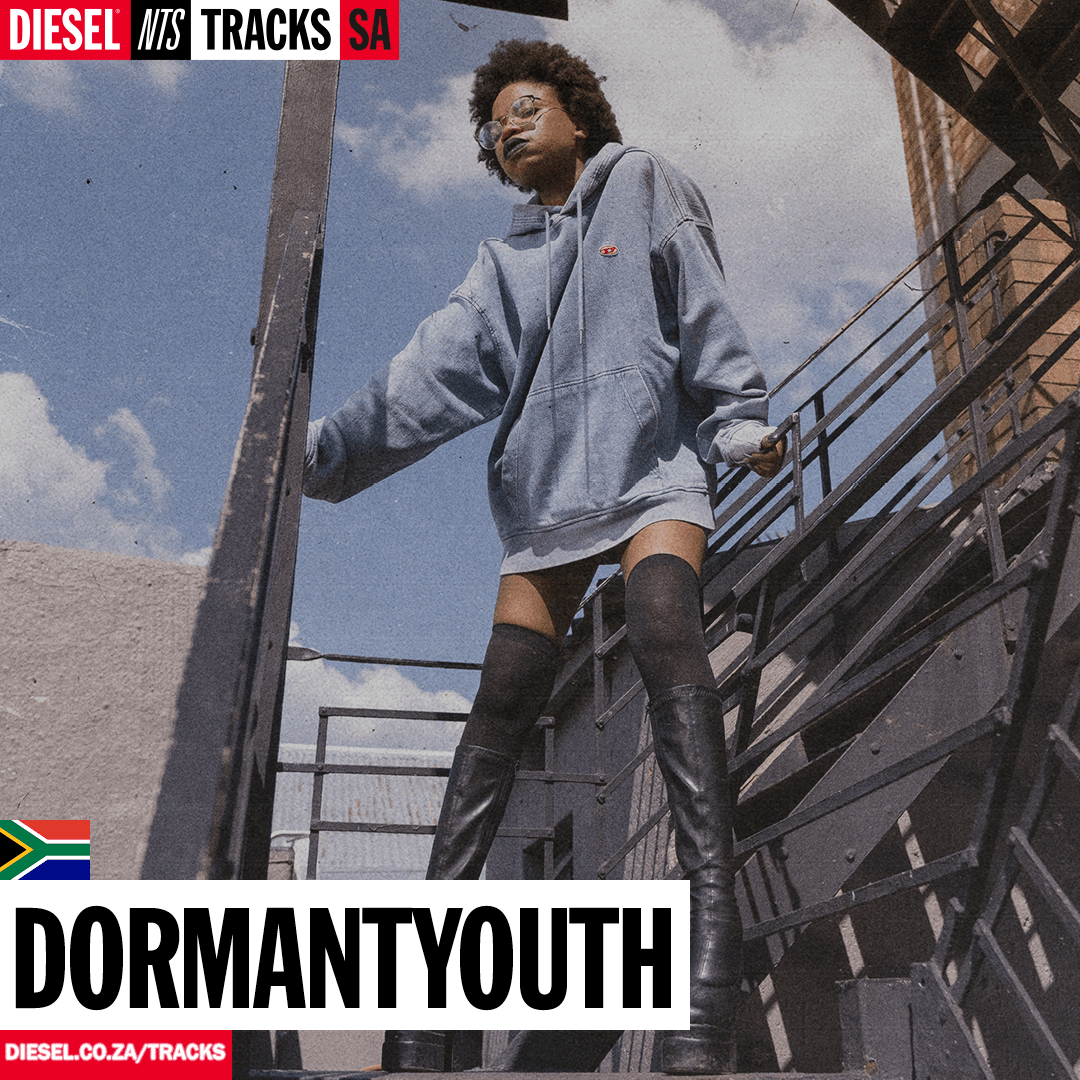
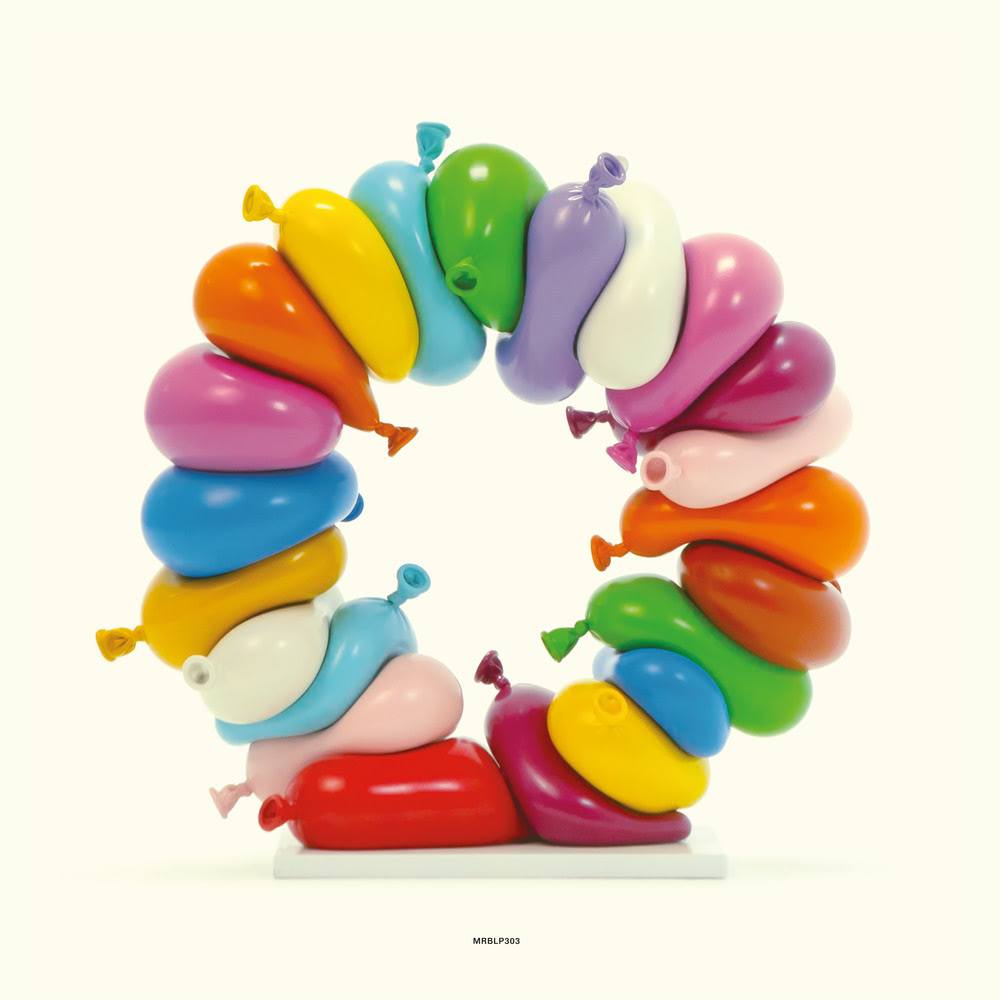
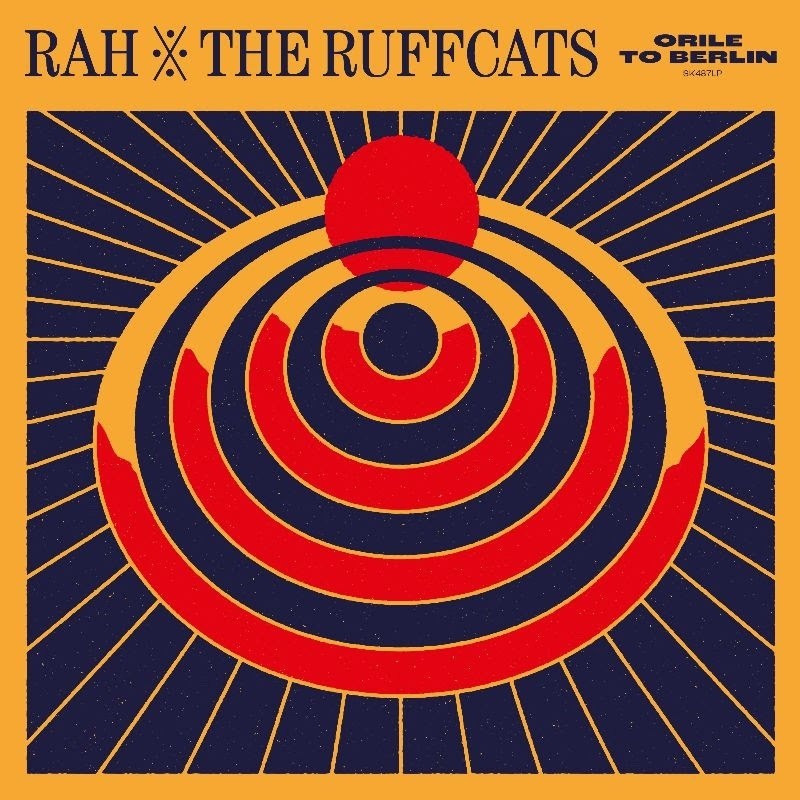

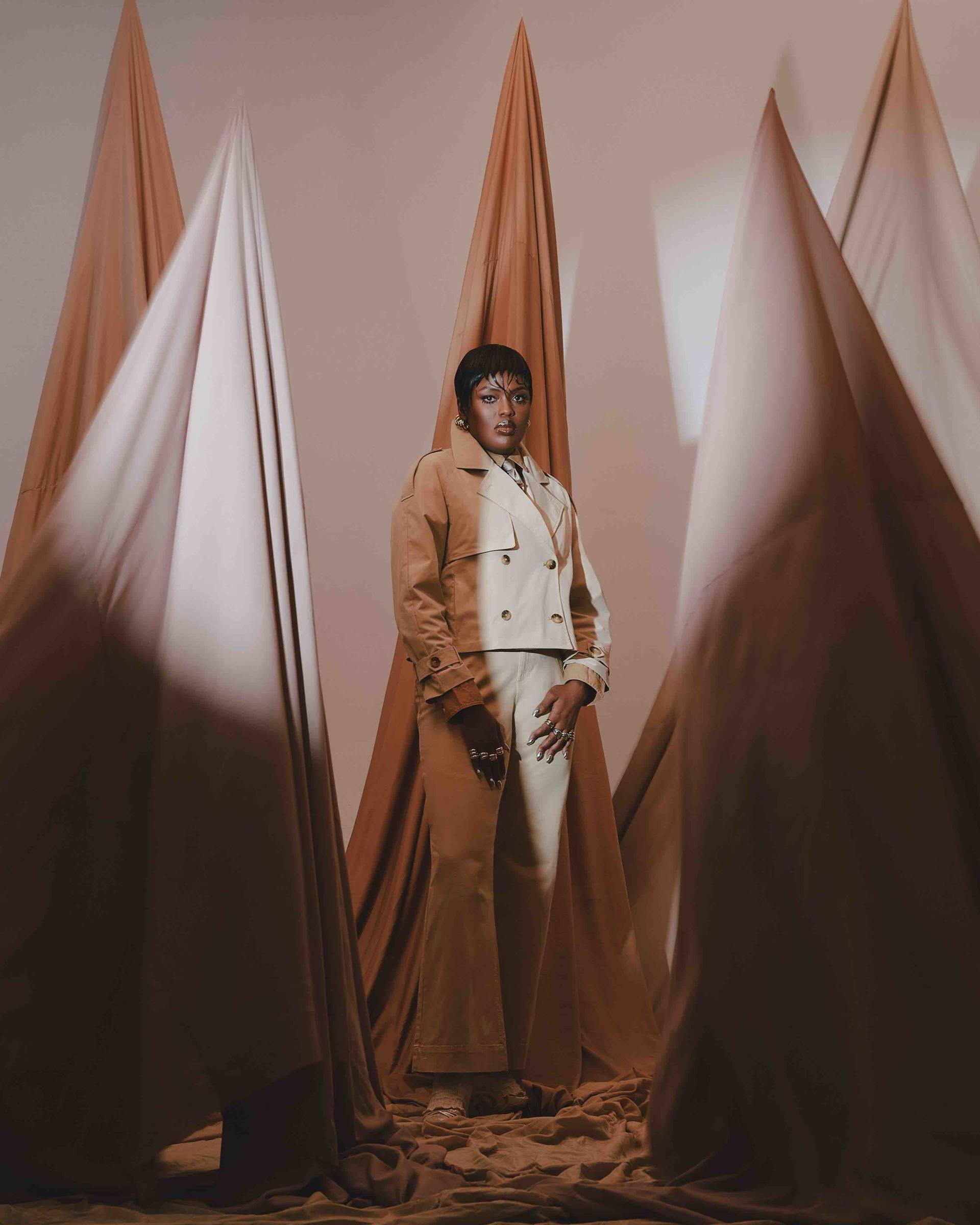
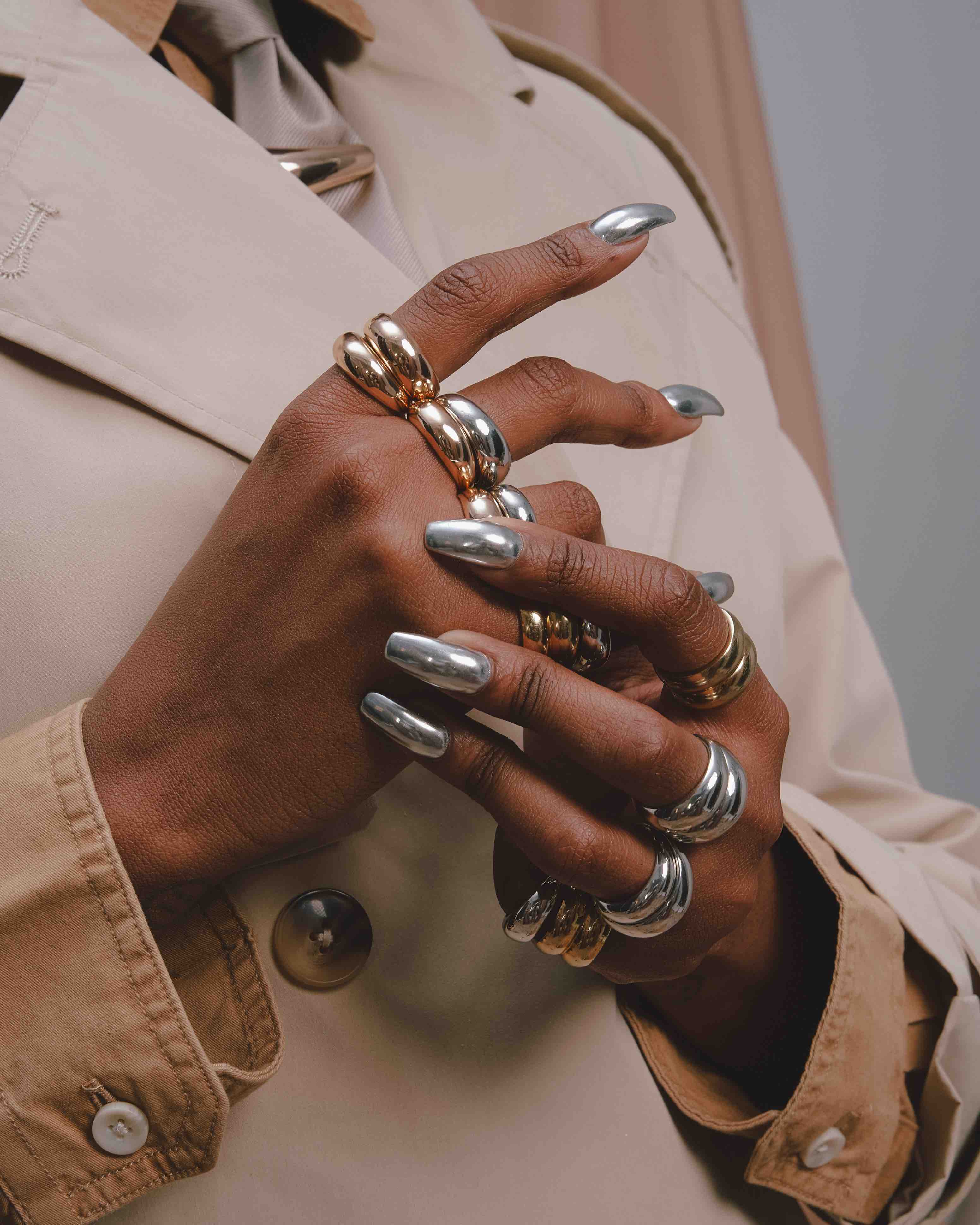
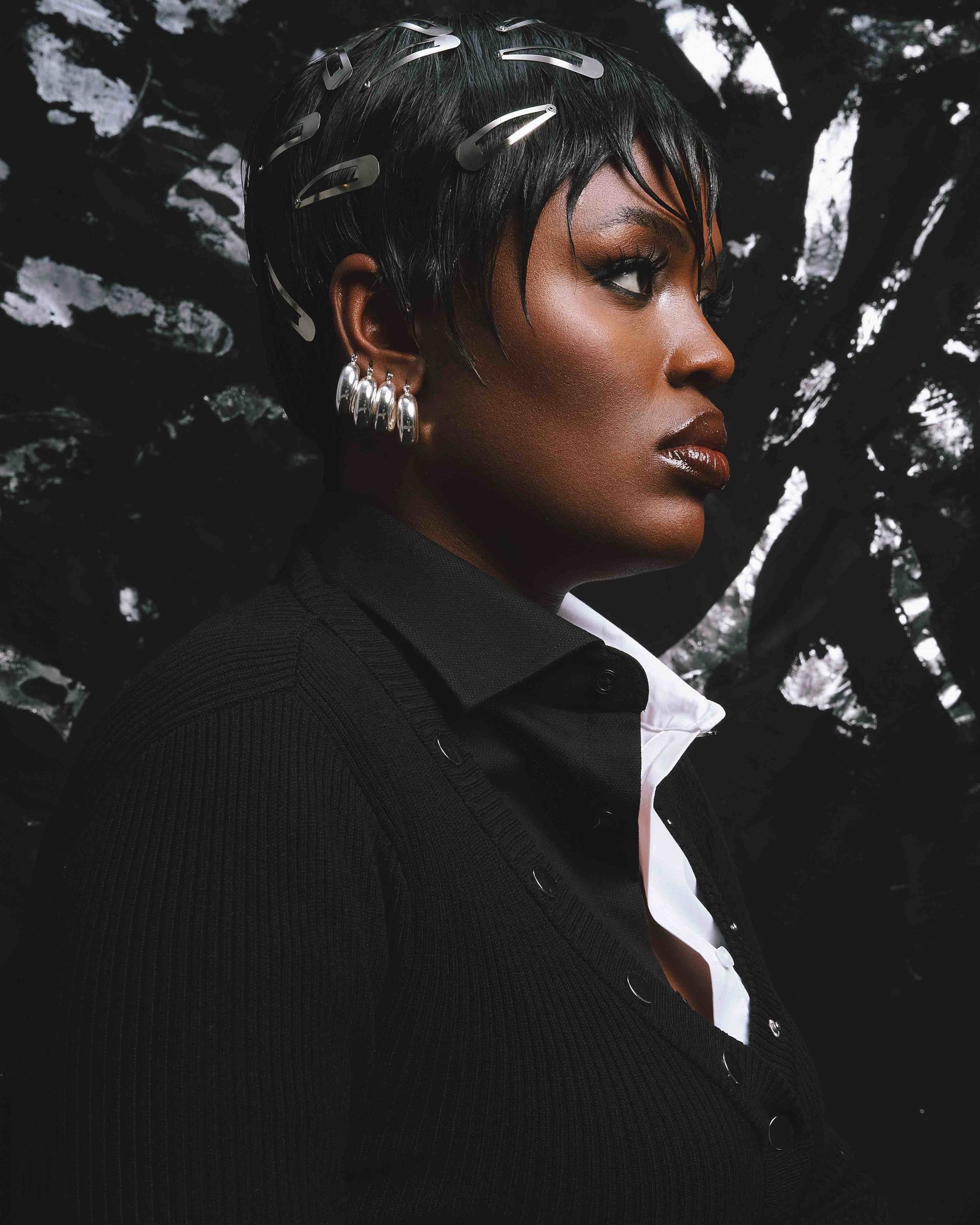
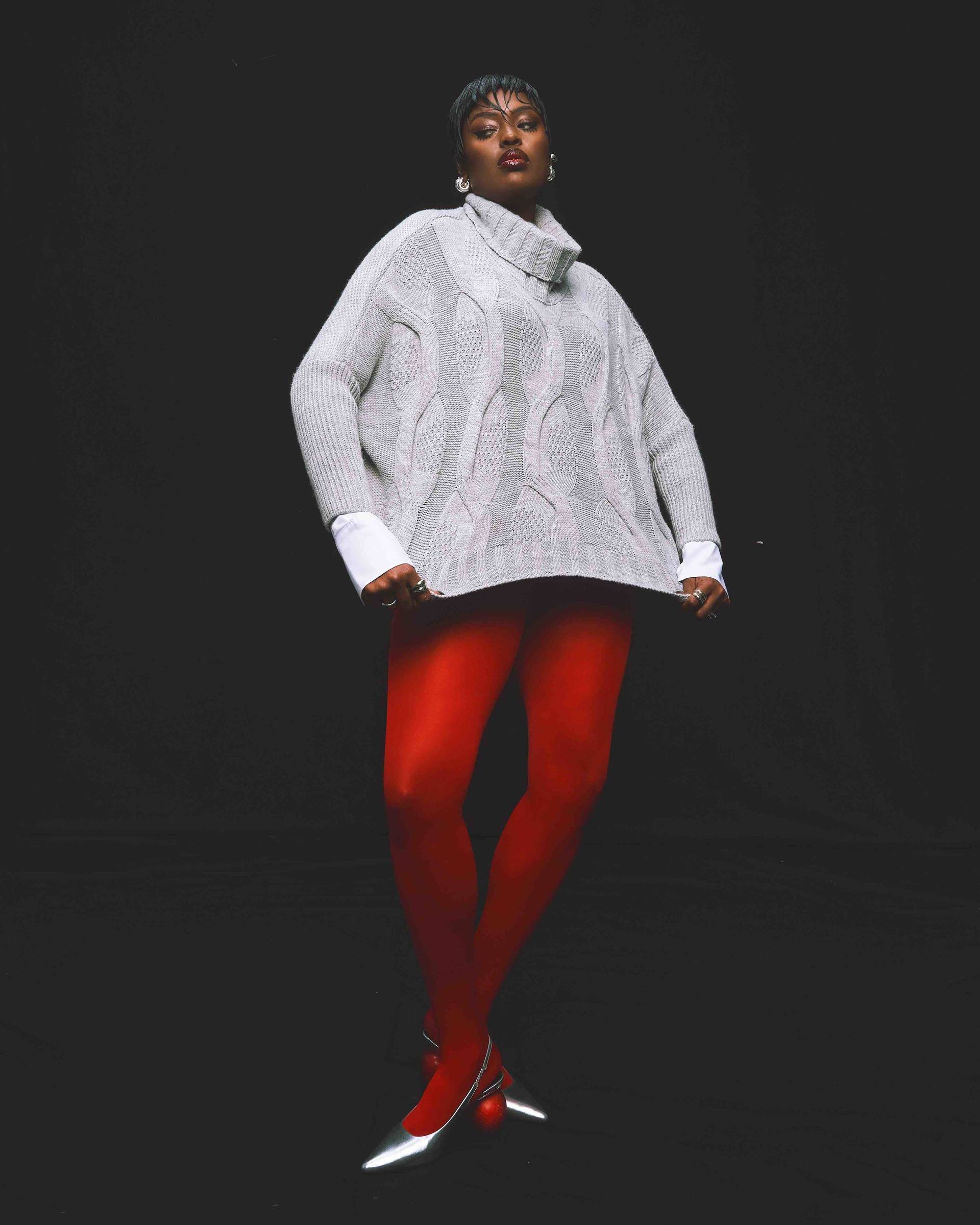
Recent Comments